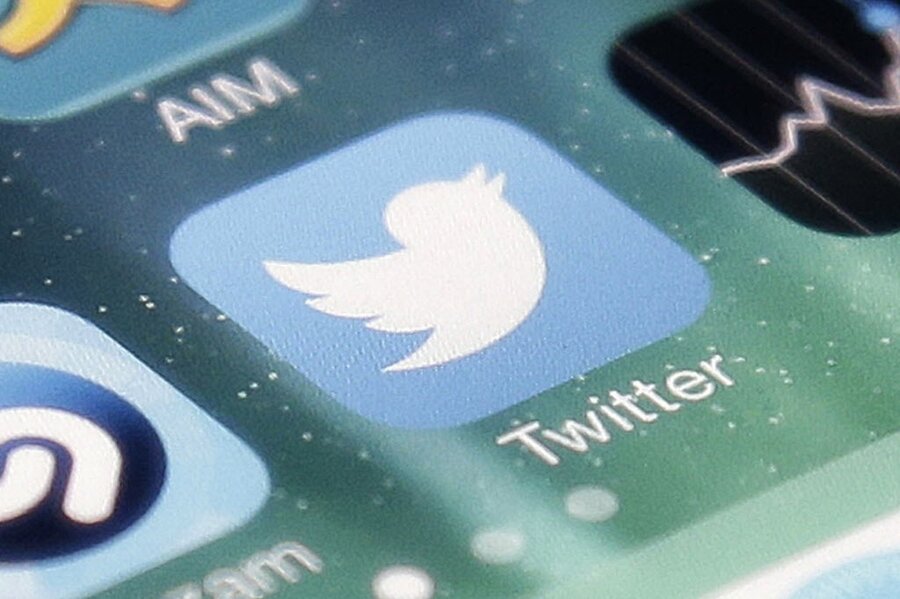Will Twitter users 'like' the new heart button?
Loading...
There will be no more picking favorites on Twitter.
In a surprising announcement on Tuesday morning, Twitter has declared it will be replacing the star icon on the button used to favorite a tweet with a heart icon, and calling it a "like" button.
The change is already in effect, and across Twitter’s platforms: Twitter, Twitter mobile, Tweetdeck, and Vine’s Android App. The idea seems motivated by a move to generate more content sharing – more highly-liked posts will garner more attention – for Twitter’s 320 million users. (By comparison, Facebook has nearly 1.5 billion, Instagram 400 million, and LinkedIn 396 million.)
Why a heart?
The star, according to Twitter, was too emotionally neutral. The heart has now become a universal symbol across social media platforms from Instagram to Vine to Periscope.
“We want to make Twitter easier and more rewarding to use, and we know that at times the star could be confusing, especially to newcomers,” Twitter announced in a statement this morning. “You might like a lot of things, but not everything can be your favorite.”
The company added that the heart “is a universal symbol that resonates across languages, cultures, and time zones. The heart is more expressive, enabling you to convey a range of emotions and easily connect with people. And in our tests, we found that people loved it.”
Reactions on Twitter have ranged from to “I’d hate to see Twitter lose its essence” to “It’s just a heart.” Some claim that the company should focus on the real problem of harassment on the platform, rather than making trivial changes to its user interface.
Facebook has been working on its own campaign to create a series of emoticons that make for a more nuanced social media experience. The study took the basic human emotions – happiness, sadness, fear, anger, surprise, and disgust – and analyzed how those emotions factored into Facebook posts and likes.
“We studied which comments and reactions are most commonly and universally expressed across Facebook, then worked to design an experience around them that was elegant and fun,” wrote Chris Cox, Facebook’s Chief Product Officer.
The whole idea is to make something of an “emotional rescue.”
Twitter has a more challenging platform to work with. After all, 140 characters can be easily misinterpreted.
The decision over whether Twitter should turn its starts into hearts and call them “likes” has been investigated since last July, when Chris Sacca, a Twitter investor, called “favorite” “too strong a word.”
“In the early days of Twitter many of us interpreted the word literally and only keep a few Tweets in our favorites that were truly, well, our favorites. Today, many of my friends and I use the star as a “like” button equivalent or even a simple acknowledgement that we saw a Tweet.”
Comments on the change were trending on Twitter when the company announced the change Tuesday morning. A few hours later, the trend moved on, and Twitter still had its followers.






